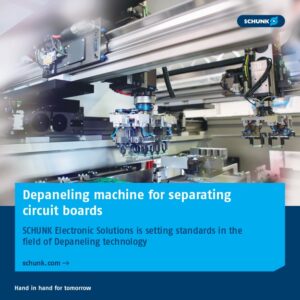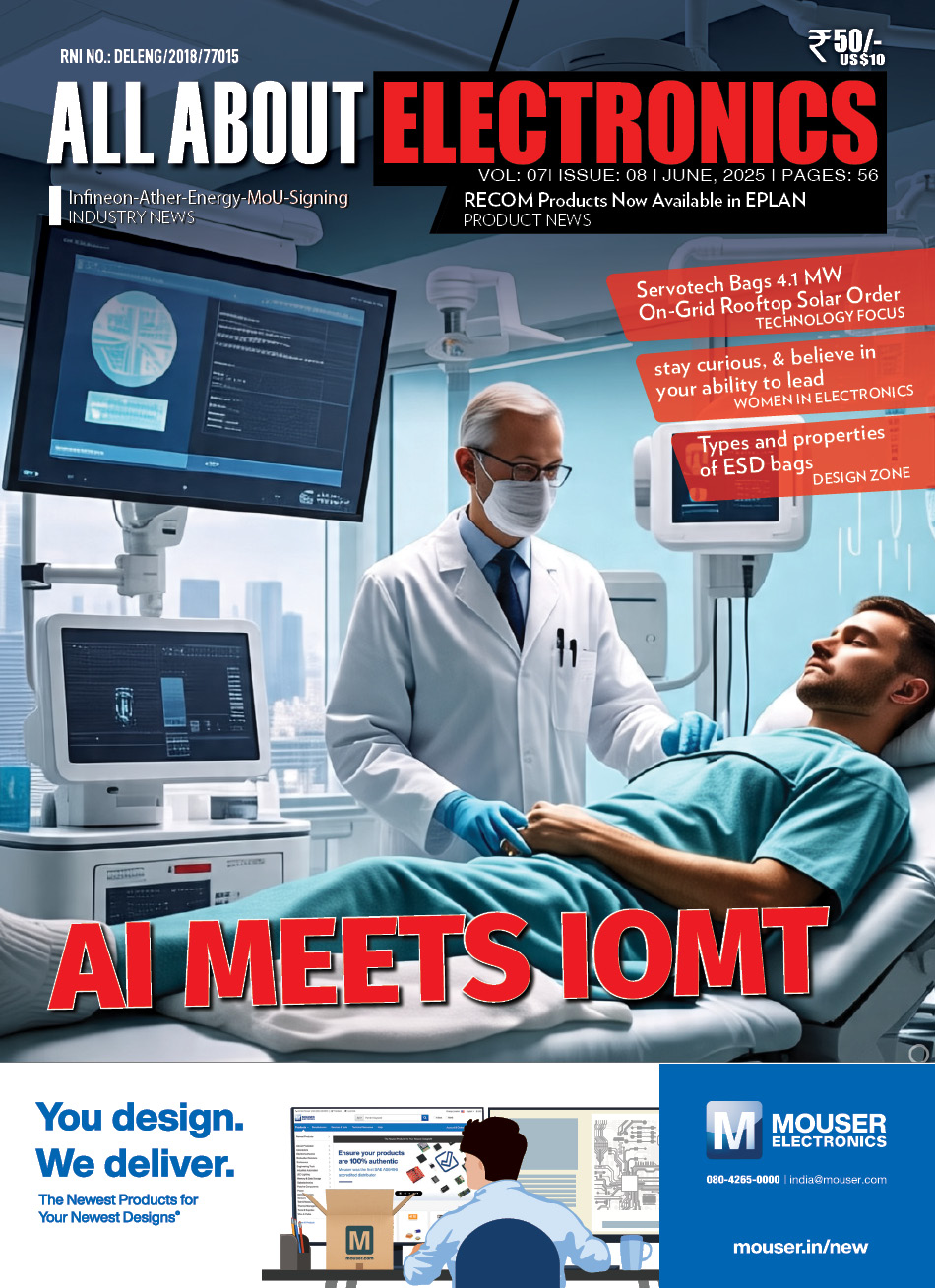When it comes to wearable healthcare technologies, fitness trackers are just the starting point. With the technologies, connectivity, and applications we have now, we’re getting closer to the day when telehealth becomes more commonplace. As an example of what’s on the horizon, researchers from several universities around the world announced last summer the development of a stretchable, wearable, battery-free patch that can monitor heart rate, blood-oxygen level, skin temperature, ultraviolet (UV) radiation exposure, and changes in skin color. The very thin patch can transmit this health data wirelessly and is wirelessly powered via near-field communication (NFC) transmissions, the researchers documented in an optoelectronics article on Science Advances.
Eventually, wearable healthcare devices will be able to perform frequent and remote patient monitoring. Last summer, Wichita State University biomedical engineering students received a $50,000 grant from the National Science Foundation to further develop a mobile health monitoring app for smartwatches called Mobile HealthLink. This app is intended to allow doctors to remotely monitor their patients without requiring an office visit. Patients, in turn, could communicate with their doctors via their watch interface. MedWand Solutions in Las Vegas has created a small device integrating multiple medical sensors to measure an array of vital signs, enabling clinicians to examine patients remotely. Based in South Korea, Healcerion has developed handheld ultrasound devices that connect to smartphones and feature a cloud-based image exchange system for telemonitoring. All of these are examples of solutions that can help make healthcare more accessible.
Technologists are continuing to explore whether wearable technologies can effectively and efficiently monitor various other health parameters. For instance, for decades researchers have been examining ways to enable non-invasive blood glucose measurements. It may be realistic to see some working solutions in the next 5 to 10 years. Work is also underway to uncover ways to commercialize lower cost solutions, like monitors that measure and administer insulin to Type 2 diabetics. Body hydration is being studied, though this is a challenging parameter because hydration doesn’t correspond to any units of measurement. Alternative (non-cuff) methods to measure blood pressure are also being explored.
Clinical Validation of Bio-Sensor Technology
Earlier this year, I attended the Conference on Retroviruses and Opportunistic Infections (CROI) in Seattle, where I had met with several doctors and clinicians for a very fruitful discussion. More significantly, I left our meeting with their validation that the technology behind Maxim’s bio-sensor technologies would be useful in clinical settings, providing the foundation for relatively inexpensive ways to monitor vital signs. Maxim’s hSensor Platform is an example of the enabling technologies that we are developing.
Getting this assurance from the medical community was exciting, and it’s even more thrilling to picture how our sensor solutions can be used to help people live healthier lives. What if people in far-away villages, with limited access to healthcare, could be monitored remotely via a wearable healthcare device or bio-sensor-enabled smartphone? Or if hospitals with limited supplies of medical equipment could augment what they have with wearable devices? For example, patches that measure vital signs could bring greater cost-efficiencies to medical care.
Maxim’s hSensor Platform integrates a biopotential analog front-end (AFE) solution, a pulse oximeter and heart-rate sensor, two human body temperature sensors, a three-axis accelerometer, a 3D accelerometer and 3D gyroscope, and an absolute barometric pressure sensor. The platform, which allows design engineers to evaluate each of these components for their own design concepts, can shorten the product development cycle by up to six months. There are a variety of use cases for the hSensor Platform, including:
- Optical sensor solutions, measuring heart rate and blood-oxygen levels
- Electrocardiogram applications via designs such as wearable patches, chest strap solutions, and arrhythmia detection devices
- Temperature measurement solutions
- Multi-sensor solutions, measuring a variety of parameters
My Seattle meeting with the healthcare professionals was coordinated with help from Specialists in Global Health (SiGH), a nonprofit group based out of UC San Diego that supports medical specialist education worldwide and also promotes the development and adoption of problem-solving mobile technologies. SiGH is also conducting a clinical validation trial to determine whether our technology can be used effectively in a hospital setting. I’ll report more when I receive their findings after they’ve completed their trial this summer.
Low power, small form factor, and low cost will continue to drive the underlying technologies inside wearable healthcare devices. These technologies are moving us toward a healthier world.
By Andrew Baker, Executive Director, Industrial & Healthcare Business Unit, Maxim Integrated
Download Techmezine Android app on google play store: Download Now












